Match the ions given in Column-I with their nature given in Column-II

(A-1, 2), (B-2), (C-2), (D-3, 4)
(A) CH3−..O..−⊕CH−CH3 This is carbocation. It is stable due to resonance structures

This positive ion is destabillised due to inductive effect

−I effect of CH3O>+I effect of CH3, so decrease stability.
 Destabilised due to inductive effect. Flourine is strong electronegative. So, due to its (-I) inductive effect F attract σ electron and the e− are for away from C⊕. So the stability of positive ion is decreases.
Destabilised due to inductive effect. Flourine is strong electronegative. So, due to its (-I) inductive effect F attract σ electron and the e− are for away from C⊕. So the stability of positive ion is decreases.
 This is a carbanion and negative charge present on carbon. +CH3 group possess +I effect and move the σ- electron towards the negative carbon so, distribution of negative charge decreases so stability decreses.
This is a carbanion and negative charge present on carbon. +CH3 group possess +I effect and move the σ- electron towards the negative carbon so, distribution of negative charge decreases so stability decreses.
(D) CH3−⊕CH−CH3 It is a secondary carboncation. It can also be stabilized by hyperconjugation. Therefore (3) and (4) are correct

Topper's Solved these Questions
- ORGANIC CHEMISTRY SOME BASIC PRINCIPLES AND TECHNIQUESBOOK - KUMAR PRAKASHANCHAPTER - ORGANIC CHEMISTRY SOME BASIC PRINCIPLES AND TECHNIQUESEXERCISE - Section -D -Assertion and Reason Type
12 Videos
- ORGANIC CHEMISTRY SOME BASIC PRINCIPLES AND TECHNIQUESBOOK - KUMAR PRAKASHANCHAPTER - ORGANIC CHEMISTRY SOME BASIC PRINCIPLES AND TECHNIQUESEXERCISE - Section -D - Long Answer Type
12 Videos
- ORGANIC CHEMISTRY SOME BASIC PRINCIPLES AND TECHNIQUESBOOK - KUMAR PRAKASHANCHAPTER - ORGANIC CHEMISTRY SOME BASIC PRINCIPLES AND TECHNIQUESEXERCISE - Section -D -Short Answer Type
54 Videos
- HYDROGENBOOK - KUMAR PRAKASHANCHAPTER - HYDROGENEXERCISE - Section-D NCERT Exemplar (Long Answer)
8 Videos
- QUESTION ASKED IN JEE -2018BOOK - KUMAR PRAKASHANCHAPTER - QUESTION ASKED IN JEE -2018EXERCISE - MCQ
10 Videos
Similar Questions
Match the ions given in Coumn I with their nature given in Column II.
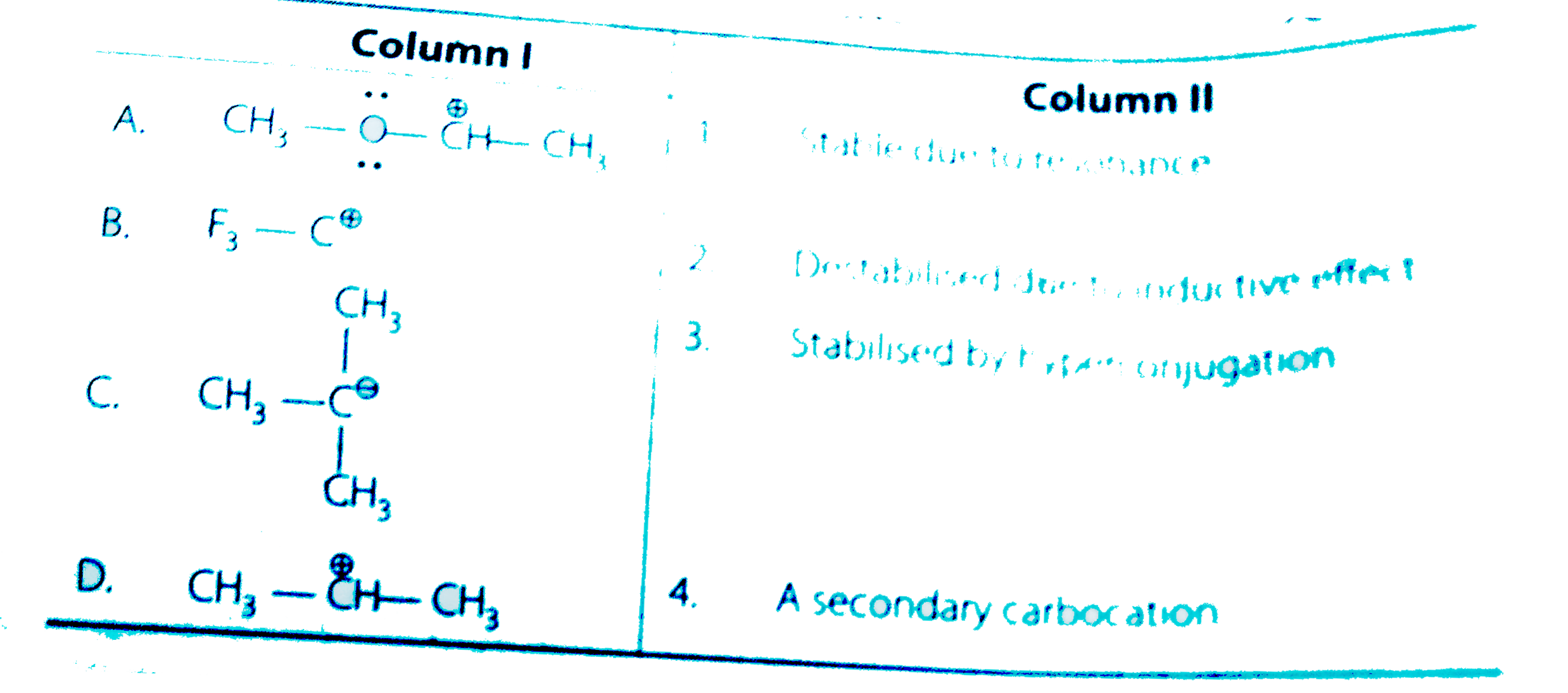
View SolutionMatch the ions given in Coumn I with their nature given in Column II.

View SolutionMatch the ions given in column 1 with their nature given in Column II.

View SolutionMatch the reactions given in Column I with the names given in Column II.
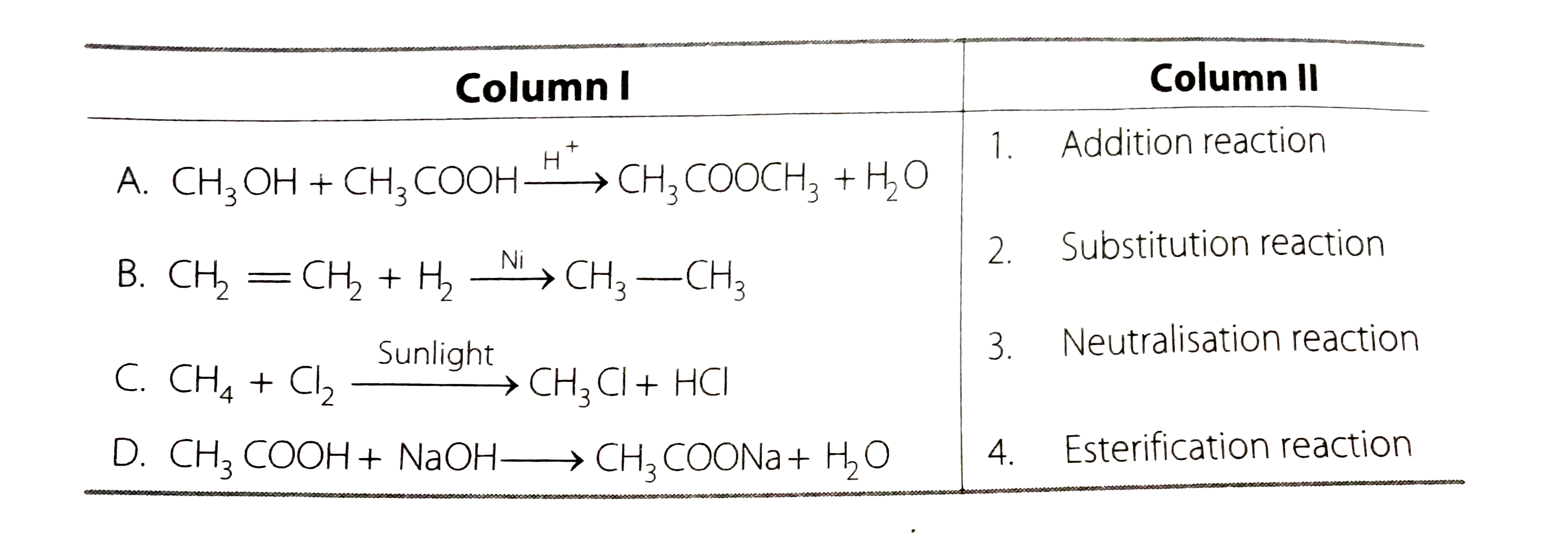
View SolutionMatch the reactions given in Column I with the names given in Column II.
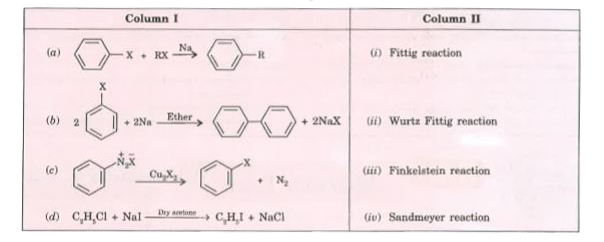
View SolutionMatch the mediccne given in Column I with their use given in Column II .
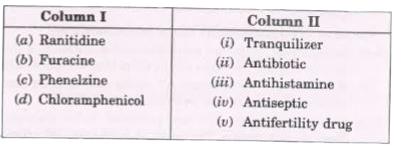
View SolutionMatch the reactions given in Column I with the names given in Column II.

View SolutionMatch the detergents given in Column I with their uses given in Column II.
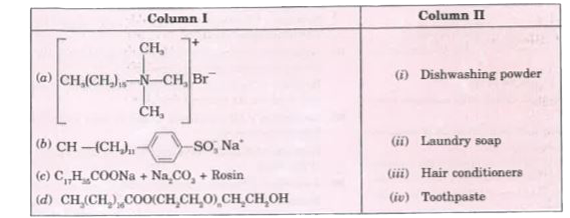
View SolutionMatch the reactions given in column I with the names given in column II.
 .
.
View SolutionMatch the terms given in Column I with the units given in Column II.

View Solution
